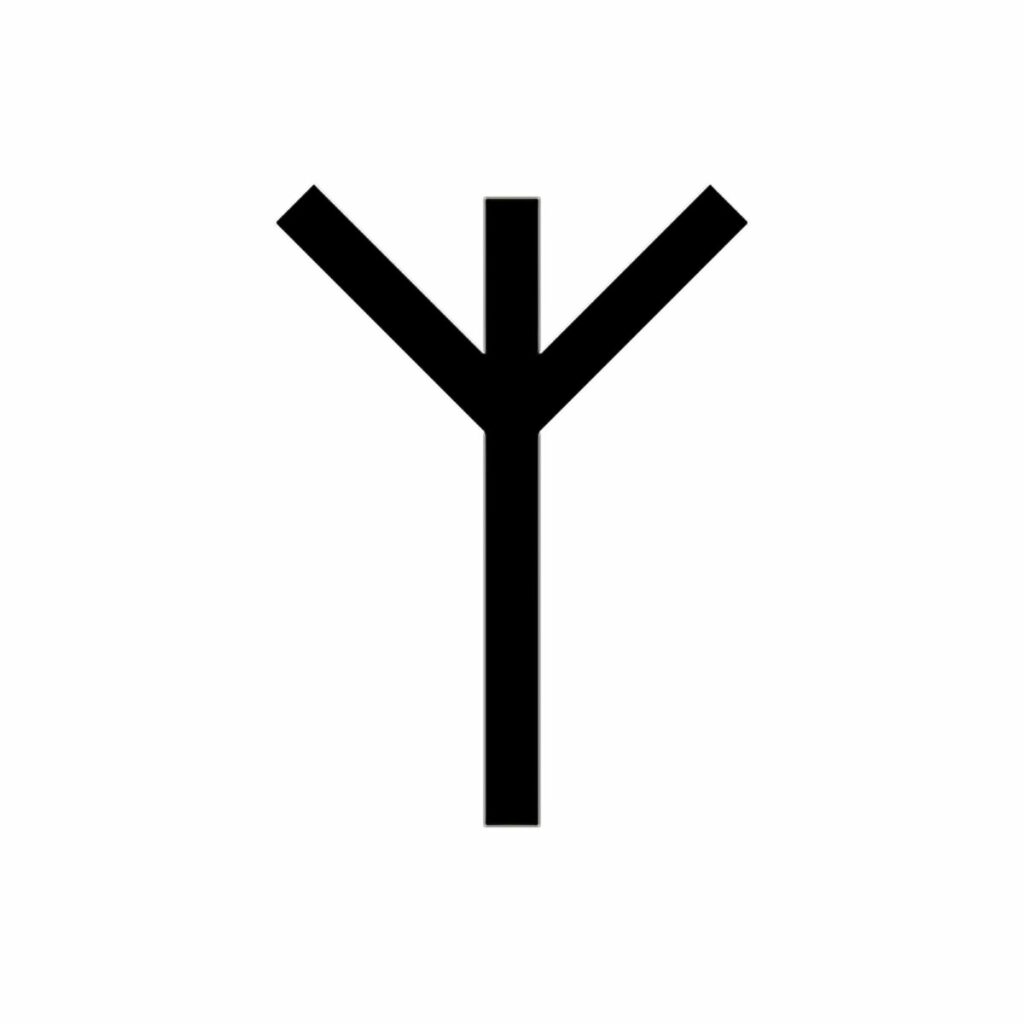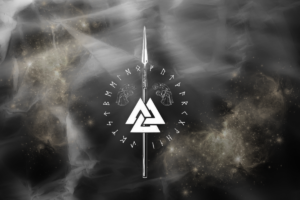Runes, the ancient symbols of the Norse and Germanic peoples, hold deep spiritual and cultural significance. Among these, the Algiz rune stands out as a potent emblem of protection, defence, and divine connection. Part of the Elder Futhark—the oldest runic alphabet—Algiz (also known as Elhaz) represents both physical and spiritual safeguarding.
This blog explores the Algiz rune’s history, symbolism, and modern uses. From its roots in Norse mythology to its contemporary applications in meditation and divination, Algiz remains a timeless symbol of resilience and guardianship. Whether you’re drawn to its protective energy or its connection to Norse deities like Heimdall, understanding Algiz can enrich your spiritual journey.
Historical Roots of the Algiz Rune
The Algiz rune (ᛉ) belongs to the Elder Futhark, the oldest known runic alphabet used from the 2nd to 8th centuries. Its name derives from Proto-Germanic algiz, meaning “protection,” or elhaz, meaning “elk”—a creature revered for its strength and vigilance.
Historically, Algiz appeared in inscriptions on weapons, amulets, and sacred sites, serving as a protective charm against harm. Some scholars link it to the Valkyries, warrior maidens who guided fallen heroes to Valhalla. Additionally, Algiz is associated with Heimdall, the Norse god who guards the Bifrost bridge, reinforcing its role as a symbol of divine protection.

Symbolism and Meaning of Algiz
The Algiz symbol resembles elk antlers, a splayed hand, or a person with raised arms—gestures of warding off danger and invoking higher powers. Its core meanings include:
-
Protection & Defence: Algiz acts as a spiritual shield, guarding against negative energies.
-
Spiritual Connection: It represents a bridge between humans and the divine.
-
Intuition & Awareness: Algiz encourages heightened perception and vigilance.
Upright vs. Reversed Algiz
-
Upright Algiz (ᛉ): Signifies divine protection, resilience, and strong boundaries.
-
Reversed Algiz (ᛦ): Warns of vulnerability, urging caution and reinforced defences.
In Norse lore, Algiz is linked to the elk (symbolising endurance), the swan (grace and protection), and the Valkyries (guardians of warriors).
Algiz in Norse Mythology and Spirituality
The Algiz rune is deeply tied to Norse mythology, particularly Heimdall, the ever-vigilant guardian of Asgard. Heimdall’s role in protecting the Bifrost (the rainbow bridge to the gods) mirrors Algiz’s function as a protective barrier.
Spiritually, Algiz connects to Yggdrasil, the World Tree, symbolising harmony between earthly and divine realms. Norse shamans and warriors used Algiz in rituals for:
-
Shielding against enemies
-
Enhancing spiritual awareness
-
Seeking guidance from the gods
Even today, Algiz remains a powerful tool for those seeking spiritual protection and alignment with higher forces.

Modern Applications of the Algiz Rune
Today, the Algiz rune is widely used in:
1. Spiritual Practices
-
Meditation: Visualising Algiz enhances personal shielding.
-
Rune Readings: Upright, it suggests safety; reversed, it advises caution.
2. Protective Talismans
-
Wearing Algiz jewelry or carving it into wood for personal protection.
-
Placing Algiz symbols in homes to ward off negativity.
3. Art & Tattoos
Many choose Algiz tattoos as a permanent symbol of strength and guardianship.
4. Divination
In rune spreads, Algiz’s position reveals whether one is protected or exposed to challenges.
The Algiz rune is a timeless emblem of protection, spiritual connection, and resilience. From its roots in Norse mythology to its modern uses in meditation and divination, Algiz continues to inspire those seeking safety and divine guidance.
Why not incorporate Algiz into your daily life? Whether through runecasting, wearing a protective talisman, or meditating on its energy, this ancient symbol can offer strength and security in an ever-changing world.
By exploring the Algiz rune’s rich history and applications, we honour its legacy while embracing its power in contemporary spirituality. Would you use Algiz for protection? Share your thoughts in the comments!
Gungnir – The Spear of Odin
Table of ContentsHistorical Roots of the Algiz RuneSymbolism and Meaning of AlgizUpright vs. Reversed AlgizAlgiz
Apr


